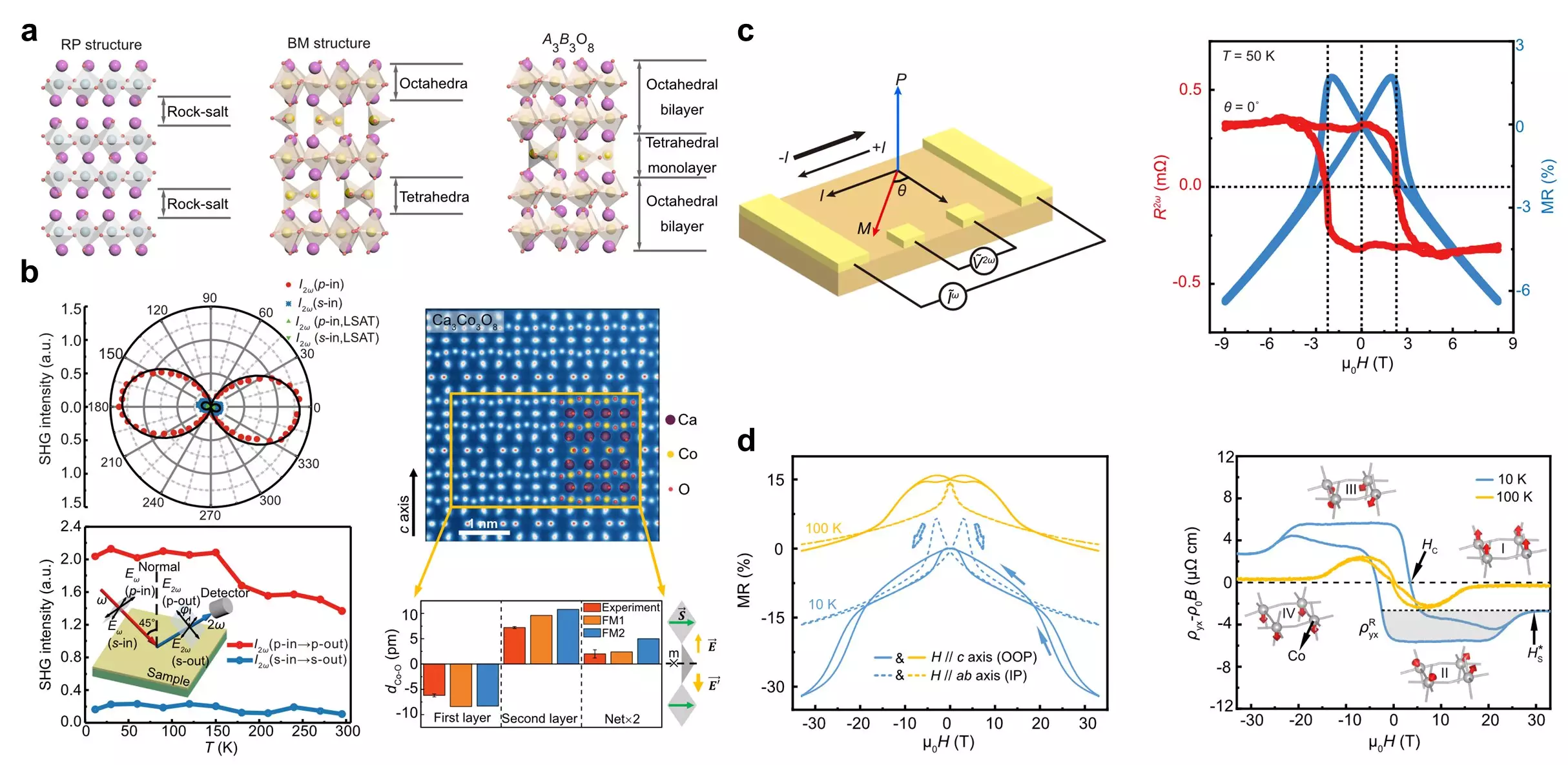In a groundbreaking study published in Nature Materials, researchers have successfully designed a new oxide material, Ca3Co3O8, by manipulating correlated oxides at an atomic level. This material showcases a unique combination of properties, including ferromagnetism, polar distortion, and metallicity. The collaboration between Prof. Sheng Zhigao from Hefei Institutes of Physical Science (HFIPS) of the Chinese Academy of Sciences (CAS), Professor Yu Pu’s team from Tsinghua University, and users of the Steady High Magnetic Field Facility (SHMFF) at HFIPS has led to significant scientific advancements in the field of materials science.
Traditionally, electric polarization and magnetic order in materials were believed to be mutually exclusive. However, the concept of polar metals challenges this notion by suggesting that materials can exhibit both electric polarization and metallic properties simultaneously. Integrating ferromagnetism into polar metals has proven to be a challenging task, as it involves reconciling the inherent contradictions between polarization, ferromagnetism, and metallicity within a single material. This obstacle has presented a significant scientific hurdle for researchers in the past.
Through the manipulation of oxygen polyhedra, researchers were able to control material properties and create a new quasi-two-dimensional functional oxide known as Ca3Co3O8. This material combines elements from the double-layer Ruddlesden-Popper (RP) structure and brownmillerite (BM) structure, showcasing a unique and intricate design. Using the SHMFF’s nonlinear optical testing system, the team confirmed significant polarization ordering in Ca3Co3O8, with the displacement of Co ions in the double-layer CoO6 octahedron playing a crucial role in the material’s polarity.
By leveraging the SHMFF’s water-cooled magnet system for electrical transport testing, researchers also observed a notable topological Hall effect in Ca3Co3O8. These results provide an ideal platform for investigating electric and magnetic correlated properties and offer a fresh perspective for the design of correlated oxides. The robust topological Hall effect observed in this material not only enhances our understanding of magnetic materials and interactions but also opens up avenues for further research and applications in spintronics.
The innovative approach taken by researchers in designing Ca3Co3O8 marks a significant milestone in the field of materials science. The successful integration of ferromagnetism into a polar metal material offers new possibilities for exploring correlated properties and paves the way for future advancements in the development of functional oxides. This study not only sheds light on the potential of novel materials but also highlights the importance of interdisciplinary collaborations in pushing the boundaries of scientific knowledge.


Leave a Reply